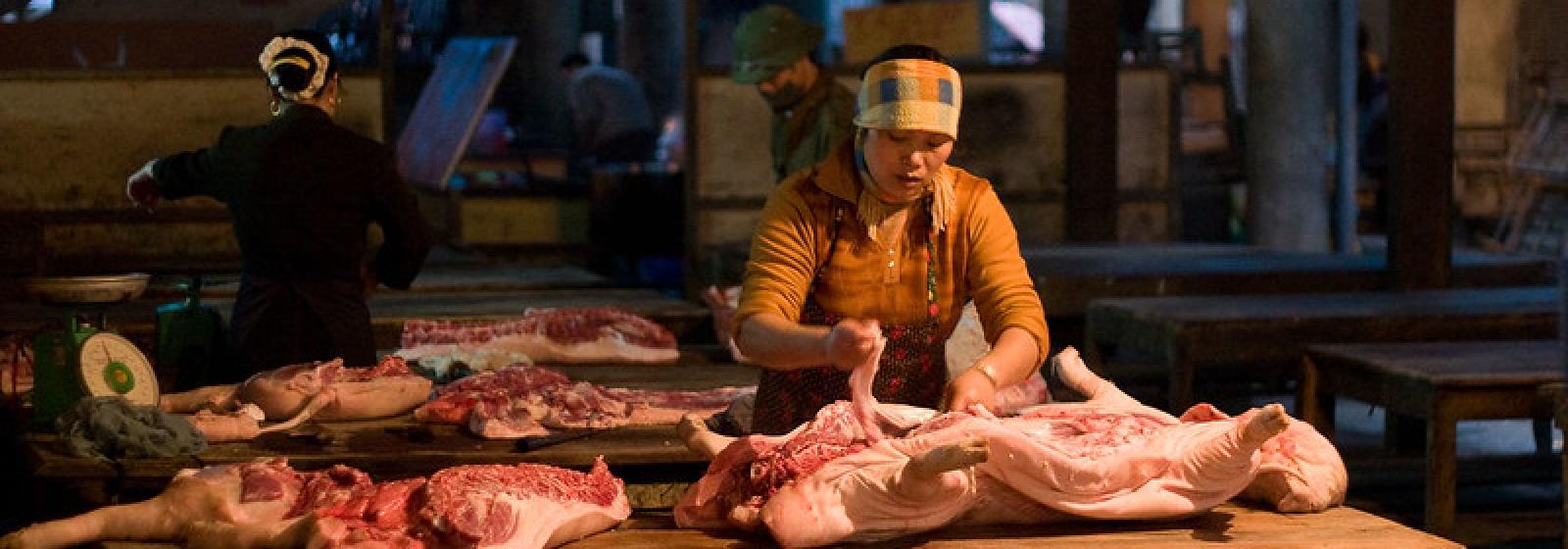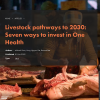
Livestock pathways to 2030: Seven ways to invest in One Health
Core message
One Health comprises the collaborative efforts of several disciplines working locally, nationally and globally to attain optimal health for people, animals and the environment. This new series of briefs summarizes why and how One Health supports sustainable development.
The One Health opportunity
Transmission of diseases from animals to humans is increasing at an alarming rate. Before the COVID-19 pandemic hit, just 13 of the more than 200 zoonotic diseases transmitted from wild and domesticated animals to people each year caused 2.4 billion cases of human illnesses and 2.2 million human deaths, most in the world’s poorer countries.
The 2020–2021 coronavirus pandemic alone has killed more than 2.5 million people to date and has cost trillions of dollars in damage and lost livelihoods. It is just the latest example of a previously unknown disease to jump from animals to people. It is unlikely to be the last.
These complex health risks and burdens cross disciplinary, national and species boundaries so traditional, parallel sectoral approaches based around public health, veterinary services or environmental management are inadequate.
One Health, when it is applied, has shown the added value in saving human and animal life as well as economic benefits compared to sectoral approaches. For instance, one dollar invested in One Health approaches can generate five dollars’ worth of benefits at the country level through increased Gross Domestic Product and the individual level.
One Health approaches work across sectors and scales for better health outcomes for people, animals and the environment. They recognize the interconnections between all three.
One Health shifts the focus from disease treatment and control to disease prevention, surveillance and preparedness. Understanding the complex linkages among the wider environment, biodiversity and emerging infectious diseases is essential, though often overlooked.
Go to the briefs
Originally published in ILRI News, 22 March 2021 --- Read more
